|
HISTORY
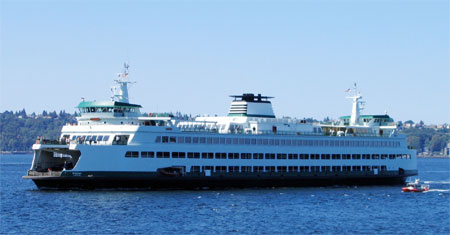 Washington
State Ferries is a passenger and automobile ferry service owned
and operated by the Washington State Department of
Transportation that serves communities on Puget Sound and in the
San Juan Islands. It is the largest passenger and automobile
ferry fleet in the United States and the third largest in the
world by fleet size. The service is also the largest in the
world based on the number of vehicles carried, having carried 11
million annually. Washington
State Ferries is a passenger and automobile ferry service owned
and operated by the Washington State Department of
Transportation that serves communities on Puget Sound and in the
San Juan Islands. It is the largest passenger and automobile
ferry fleet in the United States and the third largest in the
world by fleet size. The service is also the largest in the
world based on the number of vehicles carried, having carried 11
million annually.
History
The ferry system has its origins in the "Mosquito Fleet", a
collection of small steamer lines serving the Puget Sound area
during the later part of the nineteenth century and early part
of the 20th century. By the beginning of the 1930s, two lines
remained: the Puget Sound Navigation Company (known as the Black
Ball Line) and the Kitsap County Transportation Company. A
strike in 1935 forced the KCTC to close, leaving only the Black
Ball Line.
Toward the end of the 1940s the Black Ball Line wanted to
increase its fares, to compensate for increased wage demands
from the ferry workers' unions, but the state refused to allow
this, and so the Black Ball Line shut down. In 1951, the state
bought nearly all of Black Ball's ferry assets for $5 million
(Black Ball retained five vessels of its fleet). The state
intended to run ferry service only until cross-sound bridges
could be built, but these were never approved, and the
Washington State Department of Transportation runs the system to
this day.
Fleets
As of 2012, there are 22 ferries on Puget Sound operated by the
state. The largest vessels in this fleet carry up to 2500
passengers and 202 vehicles. They are painted in a distinctive
white and green trim paint scheme, and feature double-ended open
vehicle decks and bridges at each end so that they do not need
to turn around. |

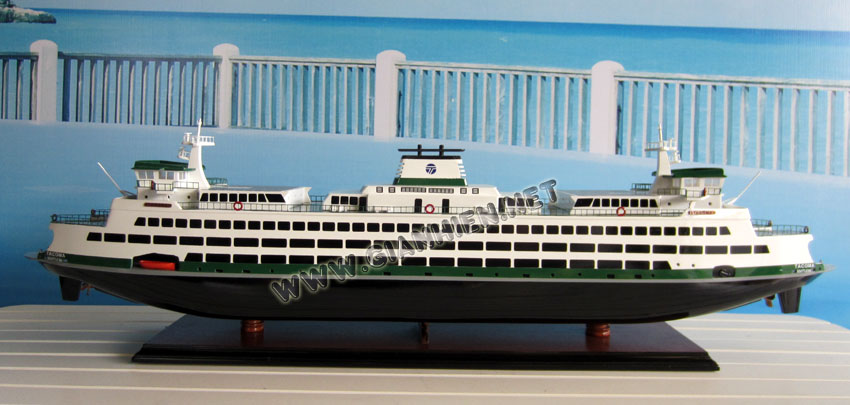


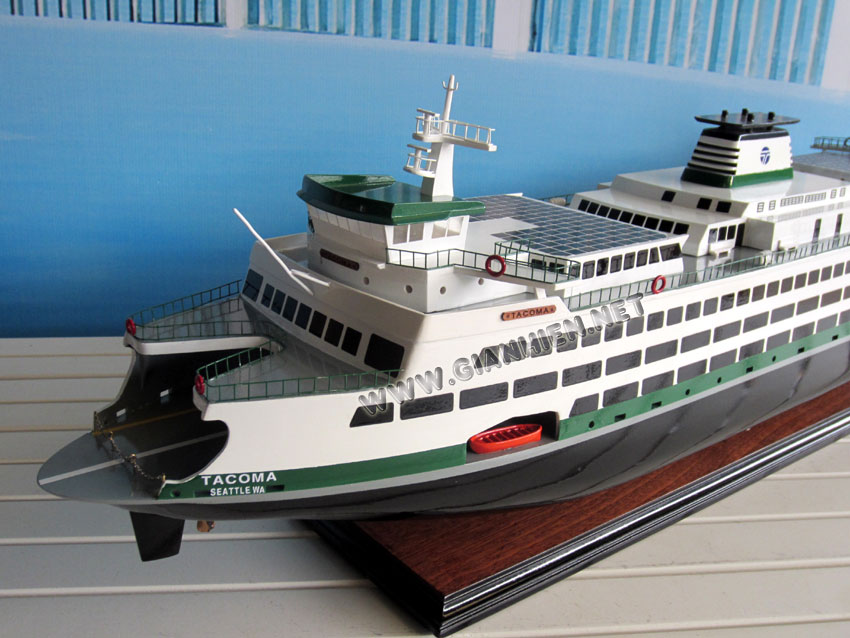
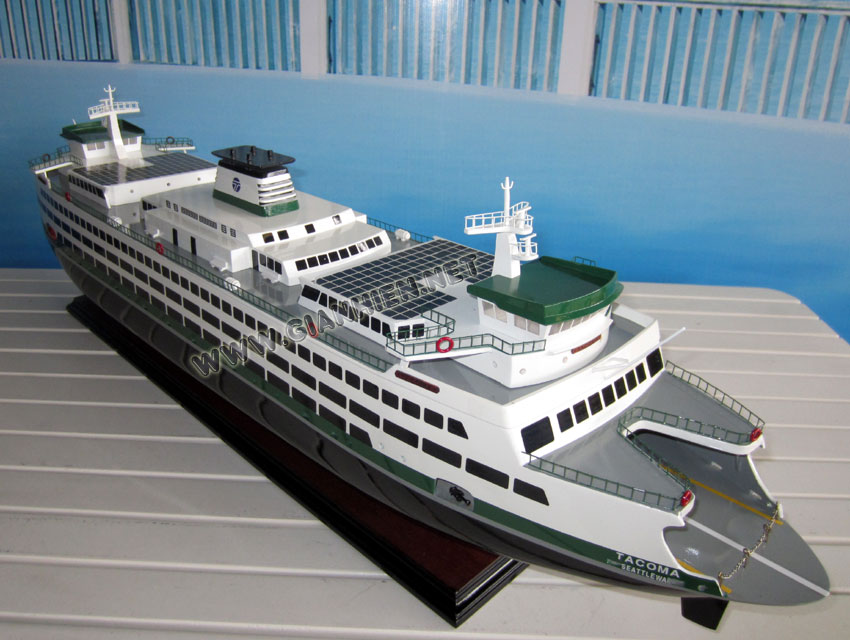
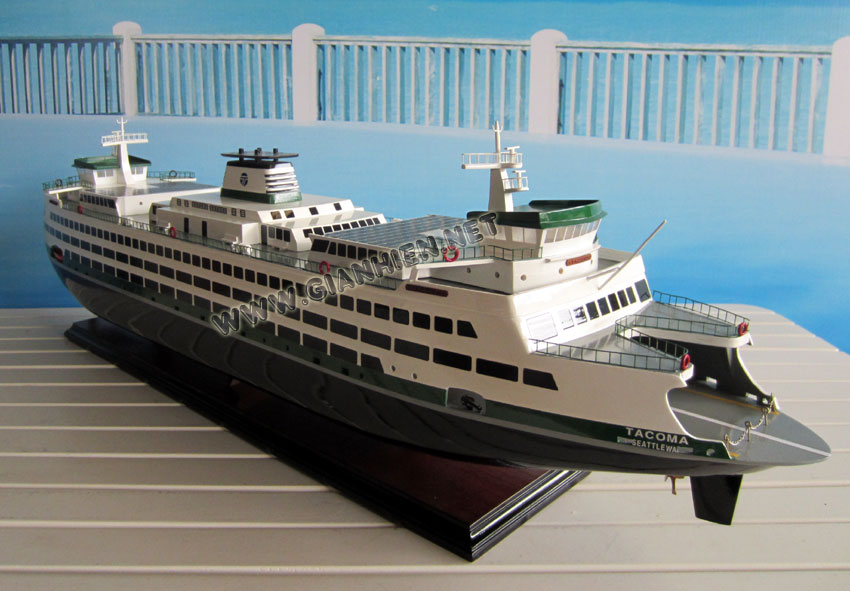


 Washington
State Ferries is a passenger and automobile ferry service owned
and operated by the Washington State Department of
Transportation that serves communities on Puget Sound and in the
San Juan Islands. It is the largest passenger and automobile
ferry fleet in the United States and the third largest in the
world by fleet size. The service is also the largest in the
world based on the number of vehicles carried, having carried 11
million annually.
Washington
State Ferries is a passenger and automobile ferry service owned
and operated by the Washington State Department of
Transportation that serves communities on Puget Sound and in the
San Juan Islands. It is the largest passenger and automobile
ferry fleet in the United States and the third largest in the
world by fleet size. The service is also the largest in the
world based on the number of vehicles carried, having carried 11
million annually.